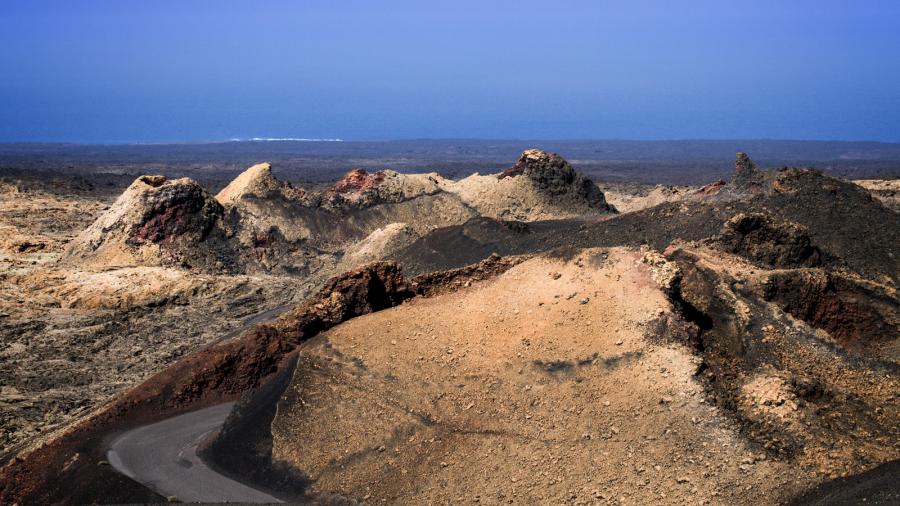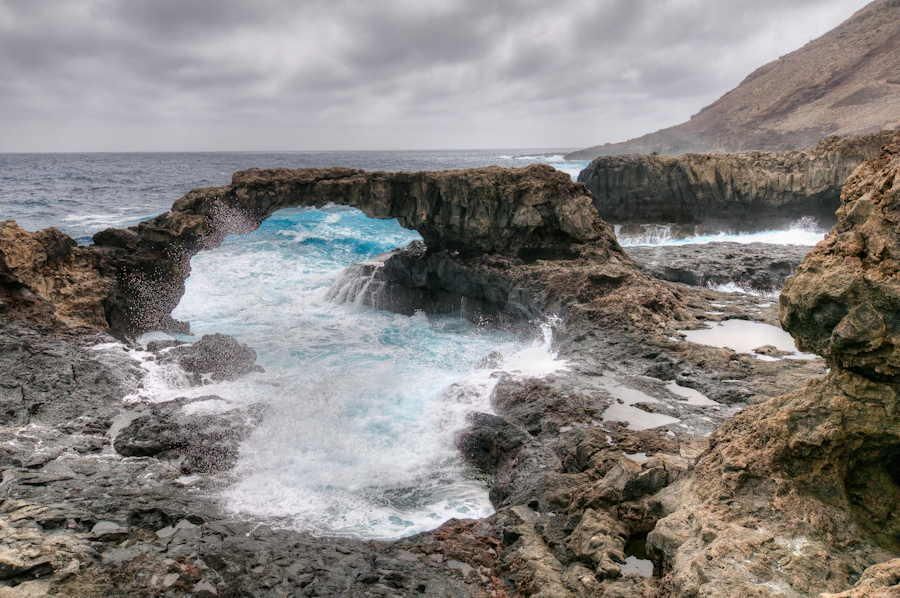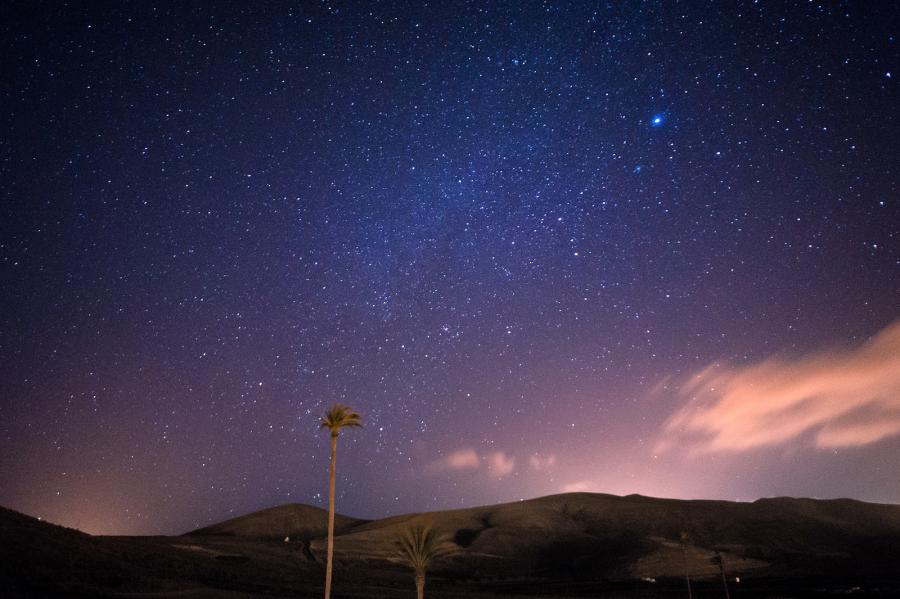N6MJ will be active as EF8R from Canary Islands, IOTA AF - 004, in CQ WW DX CW Contest, 29 - 30 November 2025.
He will operate in Single Operator All Band Category.
Recent DX Spots EF8R
Before contest he will be active as EA8/N6MJ.
QSL via EB7DX, LOTW.
Ads for direct QSL:
DAVID LIAÑEZ FERNANDEZ, P.O.BOX 163, 21080, HUELVA, Spain.
The Canary Islands - the famous islands of eternal spring
The picturesque Canary Islands archipelago is located in the Atlantic Ocean, near the coast of Africa.
Territorially, it belongs to Spain, but the atmosphere here cannot be called European. Travelers go to the Canary Islands in search of exotic experiences: incredible landscapes, gentle ocean waves, black beaches made of volcanic sand, “lunar valleys” of solidified magma, powerful waterfalls, and delicious fruits. In addition, there is excellent service and ideal conditions for surfing and diving.
Every four years, Las Palmas de Gran Canaria and Santa Cruz de Tenerife take turns as the capital of the Canary Islands.
The archipelago consists of seven large islands, each of which is remarkable and interesting in its own way.
 Timanfaya national park, Lanzarote, Canary Islands. Author - Guilhem de Cooman.
Timanfaya national park, Lanzarote, Canary Islands. Author - Guilhem de Cooman.
Gran Canaria
Scientists claim that this island has the healthiest climate on Earth, and there are many interesting things for travelers here.
For example, the Cueva Pintada archaeological complex. The walls of the cave of the same name are covered with mysterious drawings left by the indigenous Guanches tribes. Scientists believe that the bright, large patterns in the form of a frieze are fragments of the ancient people's calendar.
The most interesting place in Gran Canaria is the Maspalomas dunes, covering 328 hectares. There are both stationary and moving dunes here.
 Canary Islands. Author - Jose Maria Cuellar.
Canary Islands. Author - Jose Maria Cuellar.
Tenerife
The largest island in the archipelago, Tenerife, is divided into northern and southern parts by a mountain range.
“Tenerife” means “white.” The island got its name from the majestic Teide volcano, whose summit is almost always covered with snow. Teide is a symbol of the Canary Islands and is depicted on the coat of arms of Tenerife. Even now, this volcano, visible from anywhere on the island, is considered seismically dangerous.
There is one completely unusual place in Tenerife, whose landscapes have repeatedly served as the backdrop for various science fiction films: the “lunar valleys.” After powerful eruptions of the Teide volcano, the solidified lava rock changed over many millennia under the influence of natural elements, which led to the formation of the “lunar valleys.”
Tenerife even has its own Guimar pyramids (there are six of them). According to scientists, the pyramids were built by local farmers who piled up stones found while working the land. Thor Heyerdahl found a cave under one of these pyramids where ancient aboriginal tribes, the Guanches, lived.
 Canary Islands. Author - iko.
Canary Islands. Author - iko.
Lanzarote
There are more than 300 volcanoes on the island, 30 of which “awoke” in 1730 and spewed hot lava for six years. Since then, Lanzarote, which has very rich vegetation, has turned into an almost lifeless plateau, which is why it has come to be called “the land of fire-breathing mountains.” The island's coastline is only 213 km long, and the rest of the 5,000 hectares is occupied by Timanfaya National Park. This park is a continuous volcanic landscape and demonstrates the uniqueness of the island, resembling the surface of both the Moon and Mars.
La Palma
The beaches of this island are quite uncrowded and distinguished by their natural beauty.
It is very interesting to visit the Caldera de Taburiente National Park, located near the crater of an extinct volcano.
Off the northern coast of the island, at the bottom of the ocean, there is a unique cemetery. In 1570, Protestant pirates captured a ship with 40 Jesuit priests on board and executed them. The inhabitants of La Palma decided to commemorate them by placing 40 stone crosses on the ocean floor.
La Gomera
On the coast of Valleermoso stands the Los Organos rock, consisting of volcanic rock. It covers an area of 150 hectares and reaches a height of almost 700 meters. Due to the fact that the erupting lava cooled very quickly, the rock formed from it became similar to a huge organ: its pipes emerge from the ocean and stretch high into the sky. It is because of the rock's external resemblance to an organ that it was given this name.
The list of interesting places here also includes Garajonay National Park with its preserved Tertiary period ecosystem – thickets of laurel trees. The park has been open since 1981 and is now protected by UNESCO.
El Hierro
This island is not very popular among travelers. Although there are 5-star hotels here, El Hierro is most loved by fans of green tourism.
One of the most impressive places in El Hierro is the juniper forests covering the mountain peaks. On Mount La Dehesa, you can see a local natural treasure—an ancient juniper tree that, under the influence of frequent strong winds, has bent low to the ground and changed its direction of growth by 180°.

